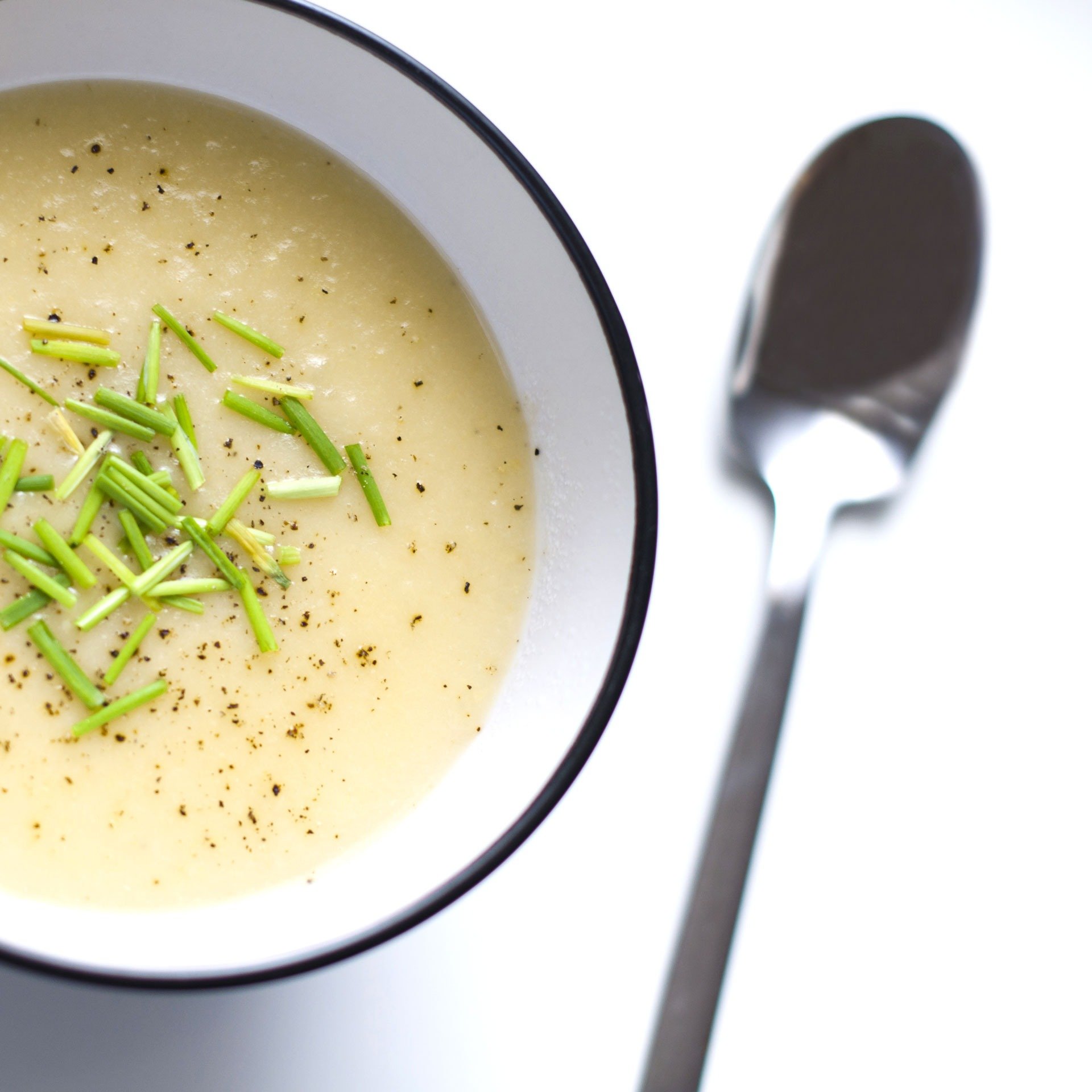Real Food Encyclopedia | Rutabaga
Sweet, versatile, hardy and a keeper. Sounds good enough to put a ring on it. Yet, despite all of its noble and endearing qualities, it’s not easy being a rutabaga. The only eaters who seem to relish the root are the Swedish, for whom it is a kitchen staple, so much so that throughout Europe, the root is called a “Swedish turnip” or simply a “swede.” Swiss botanist Gaspard Bauhin found the root growing wild there in the seventeenth century, and labeled it Brassica napobrassica. But for the Swedes, the name is rotabagge, which translates roughly as “root bag.”
Did you know?
- In times of need, such as after both World War I and II, many eaters relied on rutabaga, often the only fresh vegetable to be had, to get them through. Those who lived through war times talk of eating so many — for breakfast, lunch and dinner — that their skin turned as gold as the root vegetables’ flesh. After rationing ended, many eaters swore they would never eat another one again.
- The Ithaca Farmers’ Market hosts an annual Rutabaga Curl where participants compete to hurl their root the farthest.
- Rutabagas and turnips predate pumpkins as the earliest jack o’ lanterns. They were hollowed out, filled with glowing coals and carried by children to frighten away evil spirits.
What to look for when buying rutabaga
A rutabaga looks a lot like a turnip but is larger and has a pale, yellow flesh, as opposed to the turnip’s white interior. The root may be purple, white or yellow but is most often cream colored with purple shoulders and some ridges or wrinkles at the top of the root. The leaves are bluish, thick like cabbage and smooth.
When selecting rutabagas for their greens, choose those with fresh, vibrant leaves. The root should feel heavy for its size, be about the size of a softball or smaller, and should be free of nicks, cracks and holes. Those sold in the market are often waxed to extend their shelf life. The wax comes away with the peel when the root is prepped for cooking.
Sustainability of rutabaga
Rutabagas are easy to grow. They just need well-drained soil and a moderate amount of moisture. The plants will even grow in partial shade and as such are a great companion plant to corn, pole beans and peas.
Crop rotation is the key to success with rutabaga and keeps the plant free from many diseases.
Although genetically modified rutabaga is currently not in production, there is fear that fields of the plant could be cross-pollinated if planted in close proximity to its genetic cousin and frequently modified canola.
Seasonality
Rutabaga greens can be eaten throughout the growing season but it is important not to harvest the plant bare to keep the root thriving. The greens can take a light frost. The roots are harvested in the late autumn and early winter.
Eating rutabaga
Storing
Rutabagas keep for a week at room temperature, two to three weeks in the refrigerator and months in the root cellar. To store them in the cellar, store them in layers in boxes of moist sand, sawdust or peat. The roots can also be wintered over in the field and dug as desired.
Cooking
You can enjoy rutabagas raw or cooked. They are less peppery than the related turnip. Raw, they are sweet and juicy, similar to jicama.
The root sweetens and turns a rich golden yellow when cooked. Rutabaga is super versatile and can be good using just about any cooking method available (see below) but is prepared most often as a tasty mash either alone or with a combination of other vegetables.
To prepare them, trim off the greens and prepare them as you would turnip greens. To enjoy the root, trim off the top and bottom and peel with a paring knife before proceeding with your recipe.
Rutabagas are an extremely versatile vegetable. There are so many different uses that capitalize on its sweet but savory flavor and it pairs beautifully with smoky, sweet and spicy flavors. Try them:
Preserving
Rutabaga leaves can be blanched and frozen. Just drop them into a pot of boiling water for thirty seconds. Scoop them out with a slotted spoon and plunge into ice water to seal in the color and texture. Squeeze out excess moisture and freeze in an airtight container.
Nutrition
Rutabagas are high in Vitamin A and beta-carotene. They are also an excellent source of potassium and manganese, and a good source of fiber, thiamin, Vitamin B-6, calcium, magnesium and phosphorus.
Top photo by danlersk/Adobe Stock.


